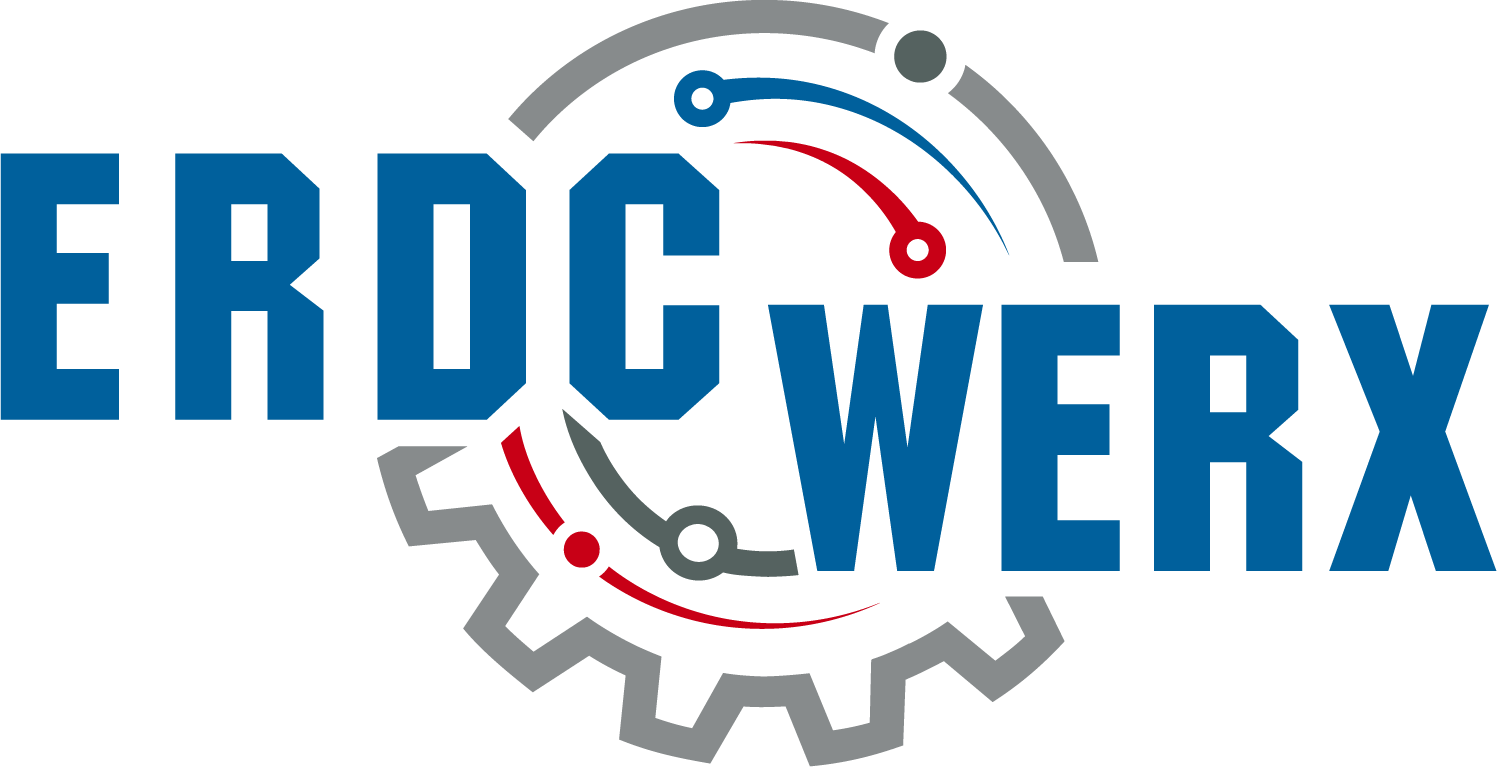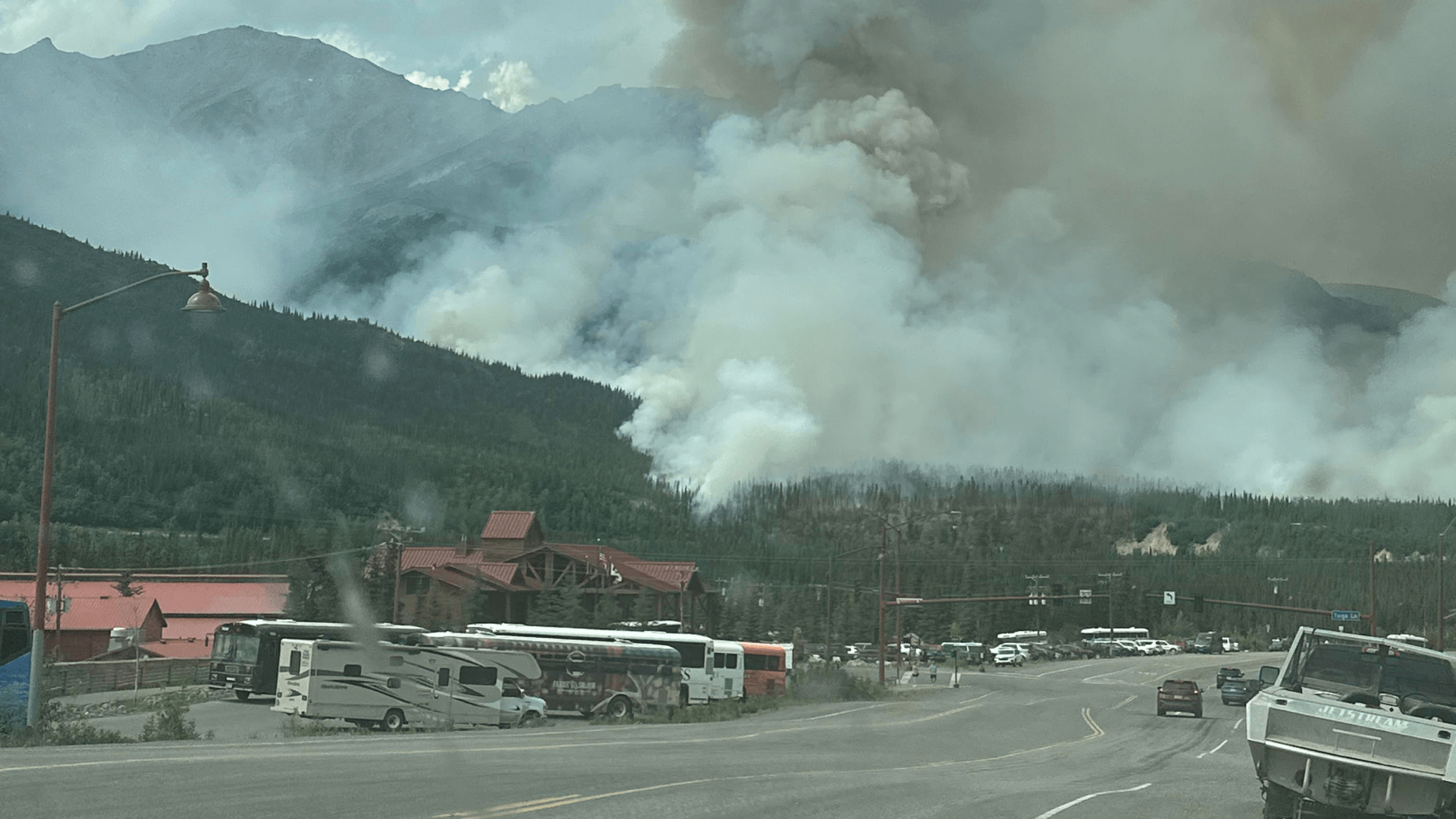Overview
The U.S. Army Engineer Research and Development Center (ERDC) Cold Regions Research and Engineering Laboratory (CRREL) seeks advanced artificial intelligence (AI) solutions for mapping high-resolution fuel characteristics in cold regions using variable datasets. Desired solutions would deliver new laboratory capability to enhance this research by integrating AI technologies with pre-existing datasets, improving the land cover models that feed wildland fire predictions.
Project Objective
The primary objectives of this Individual Program Requirement (IPR) are to:
- Develop an AI model that will create fuel maps across interior Alaska training lands using multi-modal datasets
- Derive a canopy height model from remote sensing and LiDAR datasets over interior Alaska training lands for training and validation of the AI model
- Develop a model with a feature-extraction backbone
- Publish the AI model to the Permafrost Discovery Gateway
- Coordinate communication between researchers and the wildland fire community
Project Manager
Cold Regions Research and Engineering Laboratory (CRREL), U.S. Army Engineer Research and Development Center (ERDC)
Background
The Department of Defense (DoD) has a clear need to protect its land and assets against damage from wildland fire. The DoD owns millions of acres of land where wildland fire is a hazard. Artificial intelligence (AI) solutions are needed to improve wildland fire forecast models over such large areas of land. AI is an emerging field that will revolutionize how decisions are made across the military and will produce a wide range of technologies and capabilities. AI has the potential to drastically improve the DoD’s ability to manage their natural resources and save costs by identifying the locations most susceptible to environmental damages.
The DoD has funded a two-year project at ERDC-CRREL to develop AI methods for wildland fire fuel mapping based on pre-existing remotely sensed and ground-truthed data.
Requirements
ERDC invites pre-proposals that contribute to one or more of the objectives to enable a publicly available multi-modal AI model for mapping wildfire fuel across the interior Alaska training lands. This model must take multi-modal inputs including remotely sensed optical imagery, LiDAR, and land cover datasets. One input to the model and separate product will be processing of LiDAR to derive a canopy height model. The model must use a feature-extraction backbone and be published to the Permafrost Discovery Gateway. Frequent communication between project partners and the wildland fire forecasting community is required.
ERDC recognizes that individual entities typically may lack in-house capabilities to address all objectives. Multiple awards may be considered if individual offerors submit proposals addressing some but not all of objectives. Though not required, ERDC prefers unified proposal addressing all objectives through partnership (subcontracting) with other entities. All proposals should clearly identify which objectives are being addressed in the proposal using the nomenclature (A, B,…).
Note: Submissions should NOT include confidential or proprietary details.
Estimated Government Funding Profile
Up to $400,000 for the full requirement
*Multiple solutions may be awarded
All resultant contracts will be firm-fixed price. All items, technologies, and services (including research and development) procured via this CSO are treated as commercial. The Contracting Officer must determine the price fair and reasonable prior to award.
Estimated Period of Performance
Estimated up to 24 months for completion
Desired End State
The desired end state is the completion of a multi-modal AI model for wildfire fuel mapping across interior Alaska training lands. The model will be published to the Permafrost Discovery Gateway for community use to be rerun as conditions change. The outputs, model, and all code shall be provided to U.S. Army Garrison Alaska for incorporation into wildland fire management.
Evaluation Criteria
Submissions will be reviewed based on the criteria described in ERDC’s CSO Solicitation document by ERDC subject matter experts. Submissions may be shared as appropriate with other ERDC stakeholders. The government has the authority to decline all submitted proposals. The government does not plan to engage in the debrief process outlined in FAR part 15 but will provide feedback to unsuccessful offerors as appropriate and at its discretion.
Notional Project Schedule
Proposed project milestones include:
| October 7, 2024 | Project Announced, Submissions Open for Phase I |
| October 18, 2024 | Question Period Ends, FAQs Finalized |
| October 31, 2024 | Submissions Close for Phase I (Deadline Extended) |
| October 31-November 18, 2024 | ERDC Evaluation Period for Phase I |
| November 25, 2024 | Participants Selected for Phase II are Notified by ERDC |
| December 16, 2024 | Phase II Full Proposal Deadline |
| January 7, 2025 | Phase II Full Proposal Evaluation Period |
| March-April 2025 | Anticipated Phase II Awards |
*Dates may vary to accommodate project team and participant availability.
Project Security Classification
Unclassified
How to Participate
- Review CSO Solicitation document
- Review FAQs
- Complete the submission form
Submission Instructions: This solicitation is issued consistent with the authority granted to the U.S. Army Engineer Research and Development Center (ERDC) through the establishment of its Commercial Solutions Opening (CSO), W913E524SC001. Submissions must follow the requirements as detailed in the CSO Solicitation document.
Questions:
Interested parties may submit questions using this form until October 18, 2024.
Submissions must meet stated requirements and be received no later than 3:00 pm CT on October 31, 2024.
ERDC-CRREL is conducting this project announcement on a full and open basis and intends to award contracts in accordance with FAR part 12 and the FAR part that is deemed most appropriate for the solution proposed (i.e. FAR part 13, 15, and/or 35); the government reserves the right to award prototype agreements (e.g. Other Transaction Agreements), in accordance with 10 U.S.C. 4022, if deemed appropriate and in the government’s best interest.


